Palit's GTX 1060 Super JetStream comes neatly presented in a somewhat oversized package that hints at the company's Asian heritage. The product's key features are clearly demarcated on the rear.
The accessory bundle is typically limited for a high-end card, a user manual, driver and utility DVD and a dual Molex to single 6 pin power adapter.
The Palit GTX 1060 JetStream is slightly more bloated than usual, conforming to a 2.5-slot form factor rather than the 2-slot design of most other video cards in the same class. As the GTX 1060 doesn't support SLI this has no implications for multi-GPU compatibility, though smaller motherboards and cases may find space conflicts more likely.
Rear I/O connectivity is standard for the class with three DisplayPort 1.4, one HDMI 2.0 and a dual-link DVI. ASUS still has the lead in the I/O department by offering two HDMI 2.0 ports for VR users, although technically speaking three DisplayPort gives you much more flexibility.
Power is drawn in through a supplementary 6 pin connection, not an 8-pin as found on both the ASUS GTX 1060 STRIX OC and the MSI GTX 1060 Gaming X.
The 8 pin probably isn't needed as the 120-watt GTX 1060 is unlikely to exceed the 150W capability of the PCIe bus and 6 pin, even under peak overclocked loads. Yet a 30-watt margin is a little close for comfort, an 8pin would have been nice to see.
A backplate is fitted to the Palit GTX 1060 JetStream as standard which gives a quality finish that you'd expect for the price point.
The dual fans measure in at 90mm each and use angled fan blades which Palit are describing as “TurboFan Blades”. These fans are supposedly better optimised for creating static pressure to the heatsink beneath, these fans are also equipped with a fan-disable mode once the temperature and GPU load falls below a threshold.
The Palit software which allows for LED tweaking and GPU overclocking is called Thunder Master. The RGB options include a fixed range of colours for GPU temperature (a continuum of green to red), a rainbow effect or a still colour using any combination of 8 bit RGB colour codes (16.8 million options total).
On the whole the RGB options are basic and could do with more depth – e.g. more LED lighting patterns and an ability to reconfigure existing patterns. The overclocking utility is adequate but isn't as intuitive or rewarding to use as GPU overclocking mainstays like MSI Afterburner.
 KitGuru KitGuru.net – Tech News | Hardware News | Hardware Reviews | IOS | Mobile | Gaming | Graphics Cards
KitGuru KitGuru.net – Tech News | Hardware News | Hardware Reviews | IOS | Mobile | Gaming | Graphics Cards


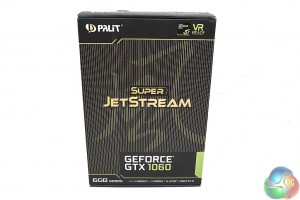
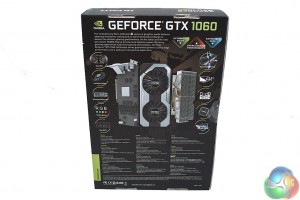
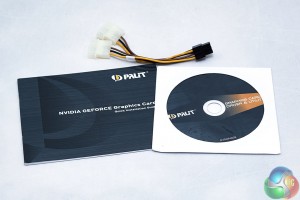
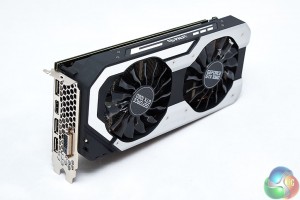
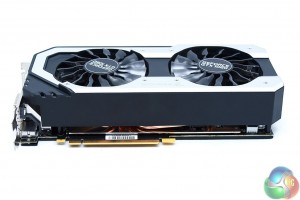
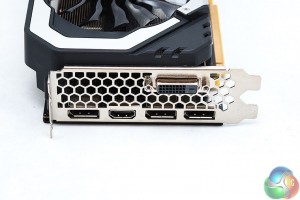
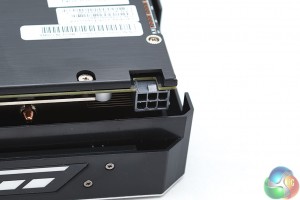
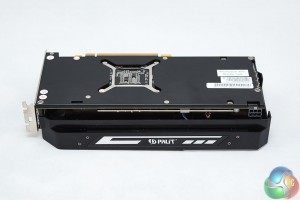
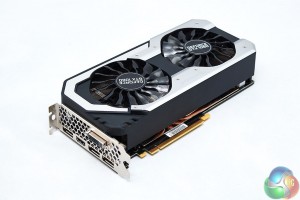
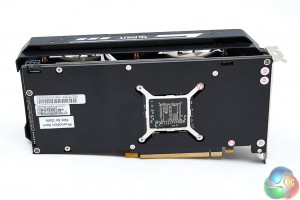
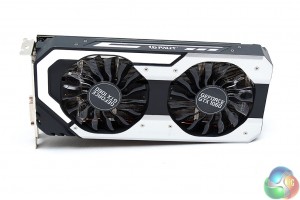
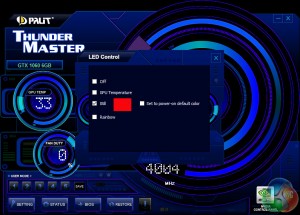

great review
Superb.